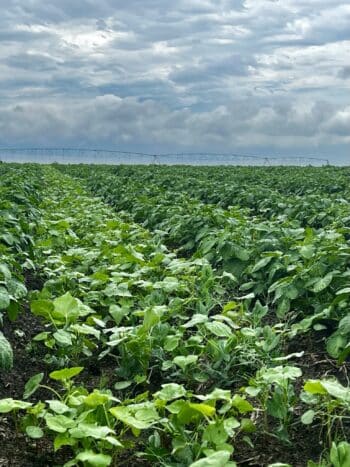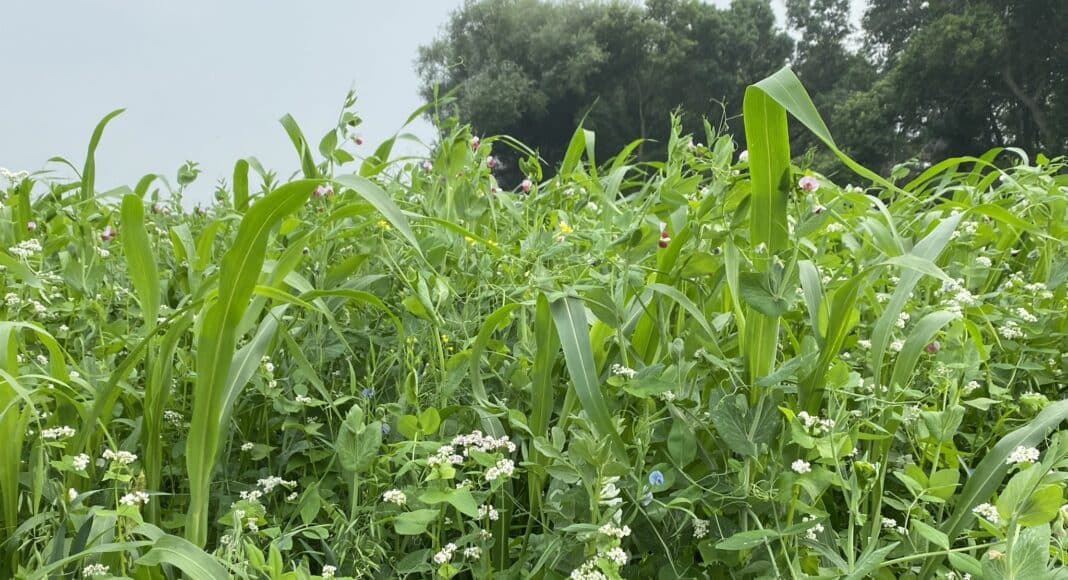Work is underway to change the way potato growers think about regenerative agriculture.
When the term regenerative agriculture first hit, it was almost strictly in the livestock world. As the benefits of what it can do for soil health have become more widely known, so has interest in it from other agriculture segments.
For one potato agronomist, Susan Ainsworth, she has found herself becoming increasingly more interested in regenerative agriculture by the day. She remembers first hearing mentions of sustainability in agriculture about a decade ago, from there she started to notice the wording shift from sustainability to regenerative ag.
“What began as improved practices for managing livestock on perennial and annual forages to improve soil organic matter and restore soil biodiversity is now expanding into all agricultural food production systems,” she explains in a phone interview.
Ainsworth has found it’s challenging to transition to regenerative agriculture when you’re monocropping and don’t have livestock on your farm. For Ainsworth though, she sees the value of regenerative ag in potato production, as an agronomist she has witnessed how the growers she works with want to do better by building their soil health.
The Brandon, Man.-based agronomist focuses on potato agronomy working with growers in the Shilo, Cypress River, Glenboro and Carberry areas through her company Stolon Glance Agronomy Ltd. At McCain Foods, which has a potato processing plant in Carberry, they’ve found working with local agronomists such as Ainsworth has become important to the company’s regenerative ag goals.
“They have the local tailored knowledge on the ground, they have the trust of the growers, they oftentimes have the connections in the research community. And all of those things are really important when we think about driving real action on the ground in each of our regions, which are all so different,” Jess Newman, senior director of agriculture and sustainability with McCain, explains in a phone interview.

For Ainsworth, she knows how regionally different regenerative ag is. The issues you’re trying to work with, or fix are region specific, she explains. She has been working with potato growers in her area on trying various regenerative ag practices.
Ainsworth knows of growers who have had livestock graze their field the year before potato production. These growers have recorded benefits for potato production. She would like to try it with growers she works with but it’s hard to find growers who have livestock or can work out agreements with neighbours who have livestock.
Companion cropping is another regenerative agriculture practice Ainsworth has been investigating. Buckwheat and peas were planted in a field with potatoes, and it was discovered the companion crop helped to make faster ground cover reducing the occurrence of heat runners.
“You really don’t know what to expect until you actually try it, getting faster ground cover was a short-term win but we still have a lot to learn. Next year could be completely different but it has certainly opened our eyes to what is and maybe isn’t possible,” she explains.
Regenerative agriculture requires lots of tweaking and experimentation Ainsworth is finding. Growers need to be willing to share amongst each other what they are finding for it to move forward.
“We can talk about it and talk about it, go to meetings, and try to figure it out on paper, but until you start trying to apply it in field yourself you really don’t know what will work and what won’t,” she says.
Sponsored by: 
Read More:











